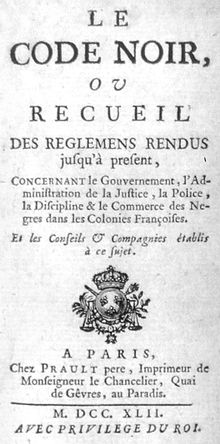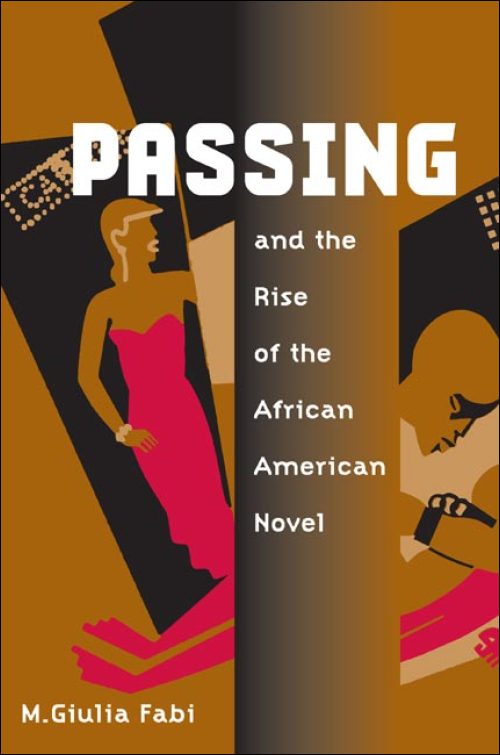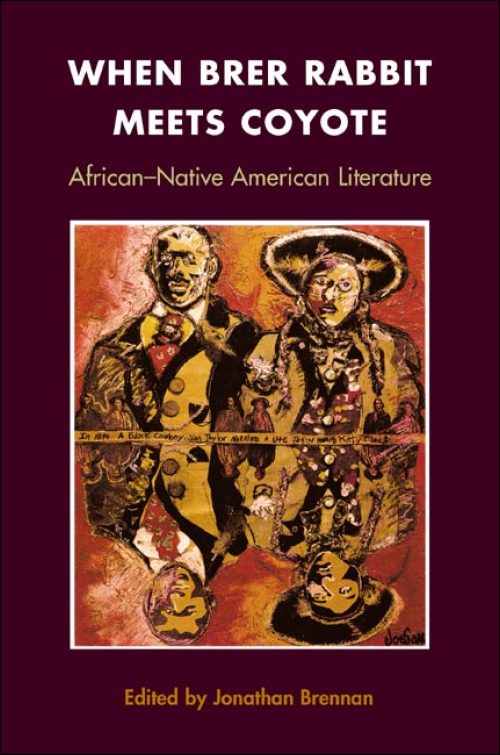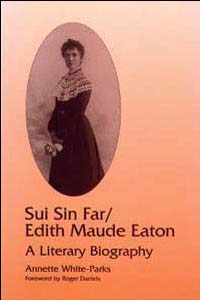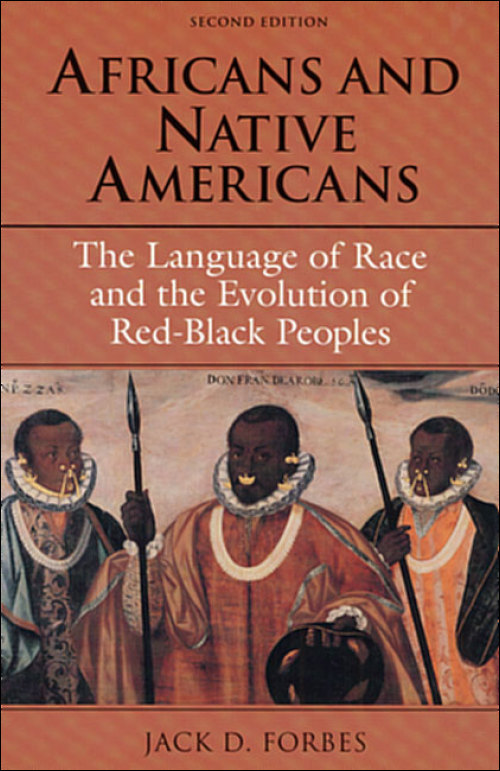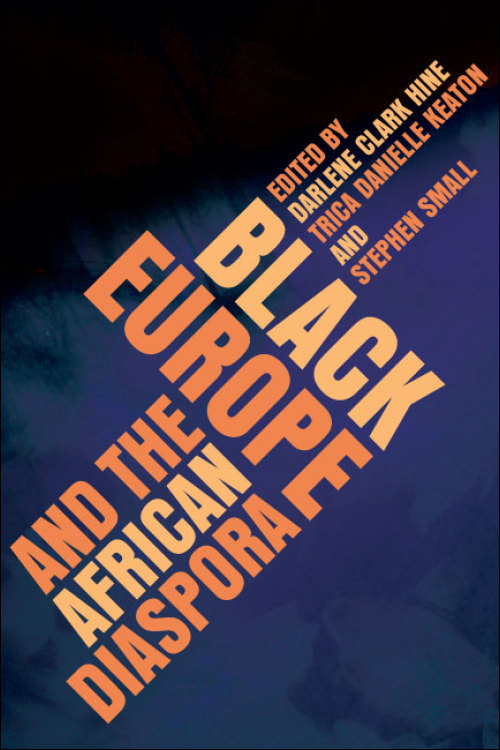Race, Theory, and Scholarship in the Biracial ProjectPosted in Books, Chapter, Literary/Artistic Criticism, Media Archive, Social Science, United States on 2012-08-31 18:12Z by Steven |
Race, Theory, and Scholarship in the Biracial Project
Chapter in:
Race Struggles
University of Illinois Press
2009
352 pages
6.125 x 9.25 in.; 4 tables
Paper ISBN: 978-0-252-07648-0
Edited by:
Theodore Koditschek, Professor of History
University of Missouri, Columbia
Sundiata Keita Cha-Jua, Associate Professor of History; Associate Professor of African American Studies
University of Illinois, Urbana-Champaign
Helen A. Neville, Associate Professor of African American Studies and Educational Psychology
University of Illinois, Urbana-Champaign
Chapter Author:
Minkah Makalani, Assistant Professor of African and African Diaspora Studies
University of Texas, Austin
Since the early 1990s, there has emerged in the United States a push to racially reclassify persons with one black and one white parent as biracial. A central feature of what I am calling the biracial project is a cohort of scholars, themselves biracial identity advocates, who argue that such an identity is more appropriate for people of mixed parentage (PMP) than a black one. These scholars maintain that when PMP identify as biracial, they gain a more mentally healthy racial identity, have fewer experiences of alienation, and are able to express their racial and cultural distinction from African Americans. In addition to the presumed personal benefits of such an identity, these scholars suggest that a biracial identity is a positive step in moving society beyond race and toward a color-blind society. What remains troubling about this scholarship, though, is a tendency to conceptualize PMP as a distinct racial group, and the inattention to the potentially negative political impact such a reclassification would have on African Americans.
Historically and currently, white supremacy in the United States has hinged on the oppression of people of African descent. The position of African Americans in the political economy has served as the basis for developing a racialized social system, restructuring that system at different historical moments, and incorporating new social groups into the racial hierarchy as races. Asserting a new racial group premised on a claim to an inherent (biological) whiteness and a rejection of blackness taps into the intricacies, logics, and values of that very system. It is therefore important to remember that the push for a biracial racial category arose and made its greatest strides amid predictions that by the year 2050 whites will be a numerical minority. More than a question of self-identity, the push for a biracial identity concerns substantiating the existence of a new race to be positioned as an intermediary between blacks and whites in a reordered racialized social system. Indeed, in the United States there have always been multiple racial groups situated below whites in the racial hierarchy. Sociologist Eduardo Bonilla-Silva has recently argued that, increasingly, different groups are beginning to hold a position of “honorary whiteness” within that hierarchy. Taking into account the structures of race in Latin America and the Caribbean, I remain unconvinced that an honorary white racial status in the United States would include PMP, as Bonilla-Silva suggests, though I agree with his claim that various racialized groups that were previously denied the privileges of whiteness increasingly enjoy advantages, privileges, and access to centers of power that continue to be denied black people and those whom Bonilla-Silva calls the “collective black.” Far from helping to erase existing color lines or challenging the new racial formations described by Sundiata Keita Cha-Jua and Bonilla-Silva, it would draw yet another color line. And unlike certain Asian and Latino groups, a new biracial race stakes its claim, quite literally, on possessing whiteness.
The biracial project approaches racial identity as racial identification, or the assertion of a racial category. Using identity as a synonym tor race has also entailed inadequate attention to the complexities of identity. Consequently, these works rarely engage the psychological scholarship on black identity formation, not to mention the historical, sociological, and cultural interrogations of blackness that have appeared in Black Studies over the past century. Most troubling is the inattention, if not utter aversion, to the history of PMP considering themselves black and struggling over the meanings of blackness.
It is hardly coincidental that these scholars presume certain antiracist attributes to inhere in a biracial identity. In asserting the subversive character of a biracial identity, Maria P. P. Root maintains that it “may force us to reexamine our construction of race and the hierarchical social order it supports.” Naomi Zack and G. Reginald Daniel more plainly argue that a biracial identity hastens the end of racial categories altogether by challenging popular notions of race. For Zack in particular, a biracial identity serves as the basis for “ultimately disabus(ing) Americans of their false beliefs in the biological reality of race,” thus leading society away from racial classifications and hastening racisms demise. Still, the progressive qualities of a biracial identity are more apparent than real, largely asserted with little research substantiating the claims of its proponents.
The presence of a biracial race would certainly disrupt popular ideas about race, but as scholars supporting biracial identity root it in biological notions of race “mixture,” it seems unlikely that such a disruption would result in the end of racial classifications. Work on race in the Caribbean and Latin America shows that a racially mixed identity is entirely consistent with a racialized social system. Moreover, recent work interrogating-color blindness has shown that this is the current dominant racial ideology, suggesting that a color-blind society as a goal is more likely to ensure the persistence of racism than its decline. I therefore find especially troubling the claims by Naomi Zack, G. Reginald Daniel, Kathleen Odell Korgen, Paul R. Spickard, Maria P. P. Root, and others discussed below, that the biracial project represents a progressive social movement.” In my view, based both on the popular push for such a reclassification and the scholarship discussed here, this project is less concerned with ending racism than with responding to the racialization of all people of African descent in the United States as black.
Situating the discussion of biracial identity in the context of race and racial oppression as structural relationships, I provide a detailed review of the theoretical and prescriptive literature advocating a biracial identity. Specifically, I am concerned with this racial projects theoretical basis for a biracial identity, how it conceptualizes race and racism, the place of the one-drop rule in this conceptualization, and the defense of biracial identity as an antiracist tool…
Read the chapter here.
